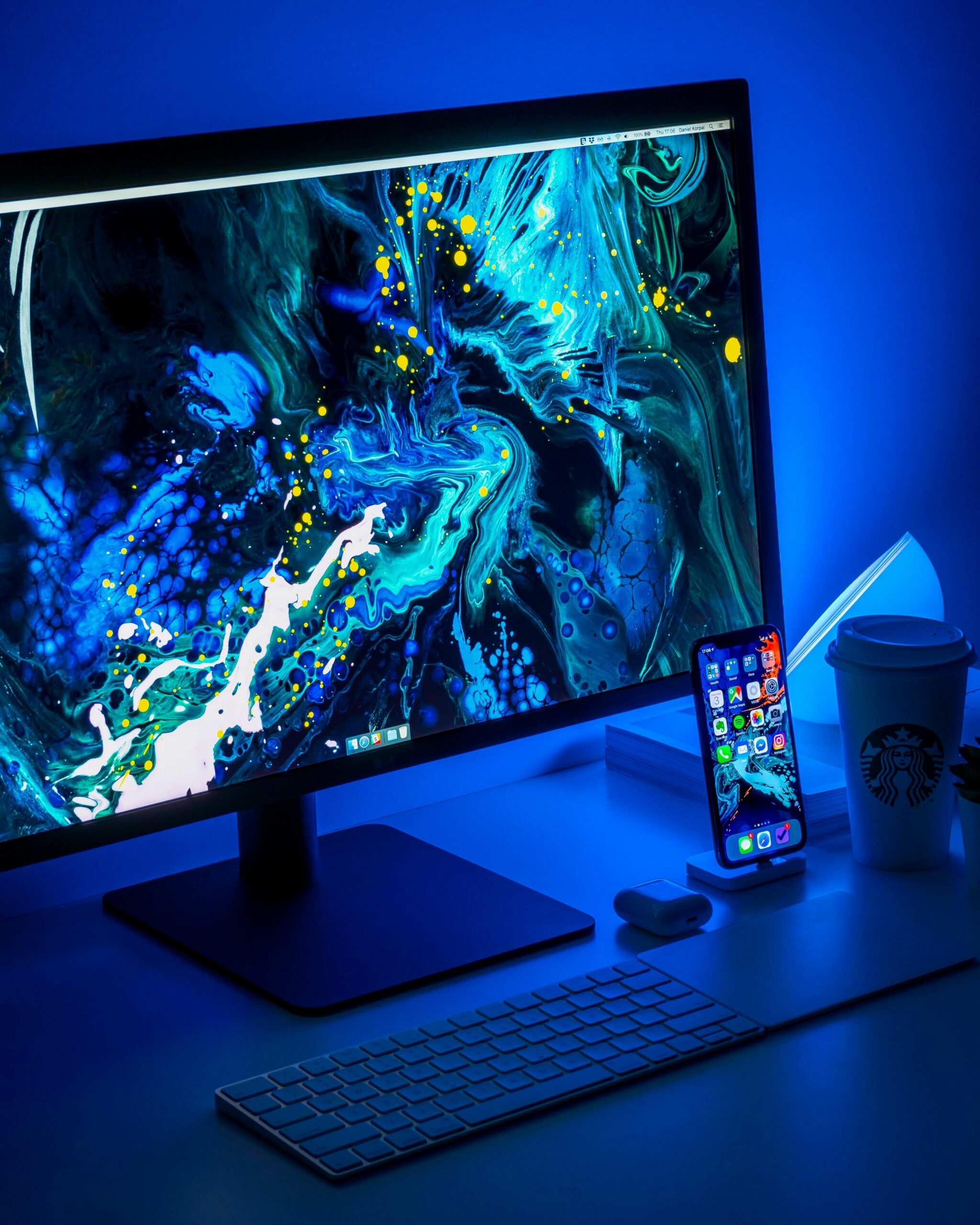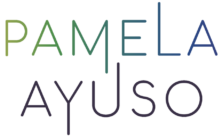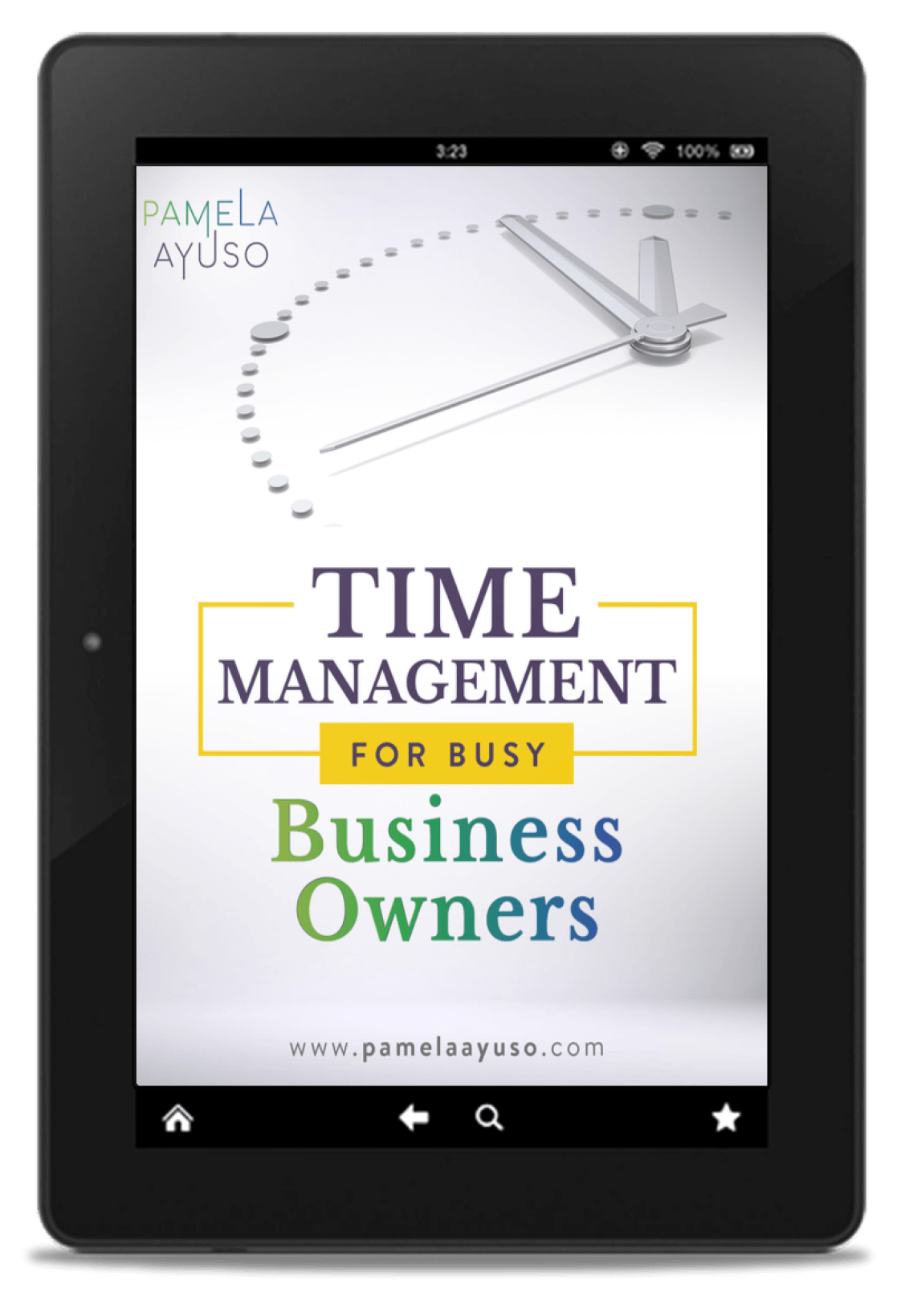Which software solution you will implement in your company is one of the most important decisions you can make. As soon as you choose one, you commit to it for some time – frequent changes to your software can be expensive. You will probably continue using that software for many years to come. I recommend taking your time before selecting a solution to make sure that you are picking software that will last for a long time.
What happens once you have implemented something, used it for a few years, and you start to wonder if it is currently the best solution? What happens when your IT becomes a bit dated? Do you look outside, do you change, do you upgrade?
Of course, the answer will depend entirely on your situation.

Changing
Your software choices will not last you forever, and you will likely outgrow some very quickly. We had that experience with our first accounting software, Zoho Books. Zoho Books is a great IT system for small enterprises: it manages your invoices and expenses and helps develop accounting workflows.
In our case, we implemented it as soon as we started our company, Celaque. However, because we expanded swiftly, we outgrew it in two years. It was apparent very quickly that we needed something new and with more capabilities. The change to an Enterprise Resource Planning (ERP) software was the answer. We needed to tie our expenses to our accounting and our sales. This added capacity made a huge difference, so deciding to change was easy and straightforward. It took a significant amount of work to implement the change, but the scales had tipped, and it was time to do it.
At times, making the change is the clear decision to make.
Upgrading
Sometimes software does not have to be substituted, as it can just be improved. We currently use NetSuite as our ERP. The interface has not changed since we implemented it three years ago. I must say that this is disappointing to me, as I was hoping that it would have more upgrades. However, I have concluded that there is not much you can do to improve an ERP’s functionality other than constant updates to workflows and how they work.
Our focus is to continue to upgrade NetSuite to suit our needs. We mostly improve our reports and the fields we use to gather information. As a result, NetSuite becomes more and more important to us. We are also looking for ways to supplement its weaknesses. For instance, we have a project to aggregate all the information into an information system that will produce our metrics in real-time, which is our next step.
Waiting
Other times, the decision to change software is not so straightforward. I have worked with solutions that have improved over time and others that look the same. When software stays the same over time and the cost to move is high, I recommend waiting to make sure. Investing in new software is a major undertaking. Make sure you are ready to take that step and that the solution you are selecting will give you the expected benefits. Once you are sure, dive into it. Usually, a new solution will help you improve greatly, and you do not want to wait to see the benefits.

New Solutions
Finally, new and innovative solutions are being launched all the time. Stay up-to-date and connected to the latest changes. You will be able to catch new trends that will benefit your overall software ecosystem and layer on new software that might be helpful in the future.
Managing and upgrading your software is a constant process, like tending to a garden. If you continue to tend to it, your company will continue to operate smoothly and grow as you have envisioned.



